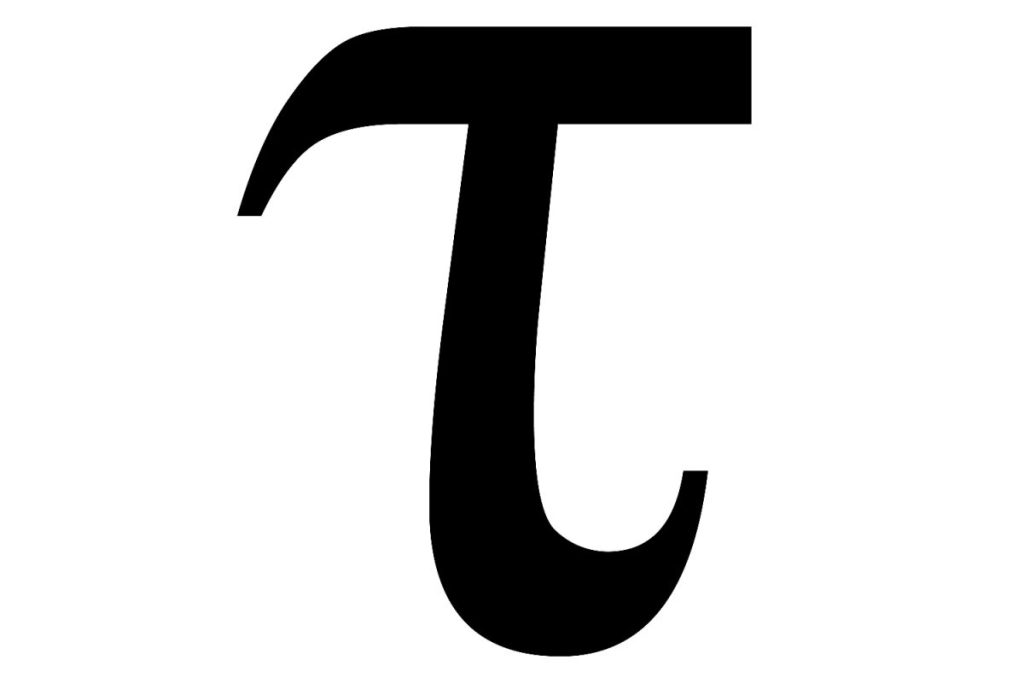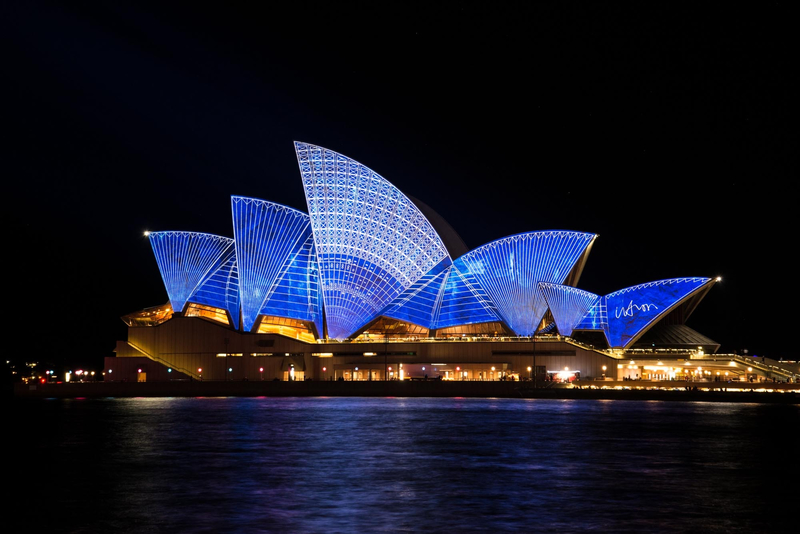- cross-posted to:
- fuck_cars@lemmy.ml
- cross-posted to:
- fuck_cars@lemmy.ml
For those who hit a paywall:
spoiler
Cameras that can detect noisy vehicles will be trialled in suburban Sydney in a bid to combat “hooning” and anti-social driving.
Independent MP Alex Greenwich has renewed his calls for the cameras that can capture an image of a vehicle as well as measure the amount of noise it produces.
Pockets of Sydney have been plagued by dangerous drivers in vehicles which create noise pollution and safety hazards for residents.
Greenwich said traffic noise was a problem for some inner-city residents around late night precincts, especially from vehicles deliberately modified for excessive noise.
He raised questions last month for the second time in the NSW Parliament about noise cameras, which he said could be more effective in cracking down on hoons given the constraints on police resources.
“While the emissions are unlawful, police must prioritise other crime and departmental testing requires setting up equipment on the side of the road,” he said.
Data from Revenue NSW shows there were 2498 modified vehicle and excessive noise fines in the 10 months to May 2023 - up from 2360 in the 12 months to June 2022.
There have also been 141 unnecessary noise or smoke fines that carry a $361 penalty handed out so far this financial year, up from 136 in 2021-22.
NSW environmental regulations set a noise limit of 90 decibels for most car exhausts and 94 decibels for motorbikes. Fines for vehicles that exceed this level by 5 decibels or less are $150, for more than 5 and less than 15 decibels it’s $200 and for more than 15 decibels it’s $600.
Noisy and illegally modified vehicles can also be reported to the NSW Environmental Protection Authority. The EPA can issue fines or deregister vehicles in more serious cases.
Bayside Council has been trying to tackle anti-social driving for some time. It’s Say No to Hooning! interactive map shows Brighton-le-Sands, Dolls Point and Sandringham on Botany Bay are hotspots for speeding and vehicle noise offences.
Small Business Minister Stephen Kamper said the NSW government would fulfil a pre-election promise to trial vehicle noise cameras in the Bayside local government area.
“The Environment Protection Authority has been tasked to oversee this trial, in conjunction with the local council and the police,” he said.
“Only a few other jurisdictions in the world currently use cameras that detect vehicle noise and the EPA is examining if this technology can work within NSW.”
Bayside councillor Heidi Lee Douglas supports the trialling of noise cameras, which she said had been used successfully in London.
“Reducing noise in our urban environments can help reduce anxiety and sleeplessness, so creating safer streets increases liveability and well-being,” she said.
Residents in other parts of Sydney are also affected by hooning and anti-social driving. Douglas set up a community group to campaign against hooning after she was almost hit by dangerous drivers twice in one week in 2020.
“I know it is still very bad in some areas, enough to make residents literally move away - that’s heartbreaking,” she said.
North Sydney mayor Zoe Baker wants the police and NSW government to determine whether noise cameras would deter car enthusiasts from gathering in harbourside suburbs such as Kirribilli and McMahons Point.
“Council would support any viable actions by NSW Police or the NSW Government to reduce the impact of noise on residential communities,” a North Sydney Council spokeswoman said.
Centre for Accident Research and Road Safety-Queensland research fellow Natalie Watson-Brown said research has only used noise cameras to evaluate railway vehicle rolling noise, road traffic barrier noise suppression, and truck compression brake noise.
“No research has examined the impact of this on hooning enforcement,” she said.
Mike Murphy and his husband knew they were moving to a noisy area when they purchased their Rushcutters Bay apartment in 2020.
“Soon after we moved in, we became very aware that the biggest problem in our traffic corridor is the massive number of unpoliced vehicles with modified exhaust pipes,” he said.
‘It is not at all unusual for the decibel level to exceed 100 while sitting on our outdoor patio, which is basically our living room.’
Murphy said the hoon problem in the area has worsened since the couple moved and that he captures the noise levels on a decibel app on this smartphone.
“We have also become aware that these would be the same offenders in the morning who then come back in the evening on their way to and from work,” he said.
“It is not at all unusual for the decibel level to exceed 100 while sitting on our outdoor patio, which is basically our living room,” he said.
The couple moved from California, which is trialling noise cameras to deal with noisy vehicles, and believe the NSW government should consider using the devices to police Sydney hoons.
By Andrew Taylor and Nigel Gladstone June 25, 2023 — 5.00am



Jesus. I consider myself pretty left-leaning but this is ridiculous. Let people enjoy their cars for god’s sake.
This is to catch people with modified exhausts to generate unsafe noise levels.
As the article pointed out, people are getting 100 db on their patios. As much as it’d be nice to let and let live, the point is these cars are already not letting live.
Whether the additional surveillance is justified in general is a different question, but it’s important not to misrepresent the issue.
Still can, just not in areas where your fart ripping ego machine disturbs people chilling in their homes.